How rising interest rates change corporate borrowing
The yield on 10-year US Treasury bonds rose from 0.9% at the start of 2021 to 1.7% at the end of March and has stayed above 1.5% through the end of May (Bloomberg). Canadian Treasury yields increased to a similar level from 0.7% at the beginning of 2021 (Bloomberg). While the yield curve is low historically, the increase in yields is comparable to only two quarterly periods in the last 20 years: one in 2009, the other in 2016. What’s the impact of this rise in yields on corporate borrowing?
Corporate borrowers need not panic. The spread between US investment grade corporate bond yields and treasury yields was at the lowest in 14 years at the end of May 2021. Given higher inflation expectations in many countries around the world, higher treasury bond yields are an indication of higher future short-term rates, which can spill over to higher cost of corporate debt.
In general, there are 3 areas to look for debt re-financing risk:
Short-term debt
Corporate borrowers have kept a significant portion of their debt, in some cases over 50%, in short-term instruments. With short-term rates rising, re-financing of short-term debt could become risky compared to issuing longer-term debt today. The proportion of short-term debt is a key indicator of the future debt re-financing risk. The reduction of the re-financing risk is achieved by issuing long-term fixed rate debt.
Floating rate debt
Floating rate bonds and loans constitute only a part of the total floating-rate debt. In the past years, corporations have been entering into fixed-to-floating interest rate swaps to reduce their cost of debt. The long-term fixed rates common in primary corporate debt issuance are swapped for a short-term floating rate plus the issuer’s credit spread. The proportion of long-term fixed-rate debt that is swapped to short-term floating rate debt is another key indicator of the debt re-financing risk. The risk of rising short-term rates is causing corporations to unwind some of these swap trades.
Country risk
As borrowing rates rise at different speeds in different countries, country risk in the form of rapidly increasing borrowing rates in some countries is becoming an important factor in corporate debt management. Cross-currency interest rate swaps have historically been used rather tactically to manage debt positions for the short term.To manage the country element of re-financing risk, we may see increasingly strategic and long-term uses of cross-currency interest rate swaps, mainly to convert floating and fixed-rate debt in one currency to fixed-rate debt in another currency with relatively lower rates.
It is still too early to evaluate any long-term impacts of the rise in government bond yields on the corporate debt market. What is clear though is that the risk of higher short-term rates is already changing the debt mix in favour of longer-term, fixed rate debt in currencies with the most favourable long-term rates.
Software for interest rate and debt management
Technology helps treasury teams to manage interest rates and corporate debt. For example, Wallstreet Suite, ION’s treasury management system (TMS) designed for the world’s largest and most complex organizations, includes analytics to evaluate the key risks that affect corporate debt. Trends in key debt position indicators such as the cost of debt, the proportion of short-term debt, and the proportion of long-term floating-rate debt give insights into the company’s ability to mitigate the impacts of rising interest rates.

Master complexity with Wallstreet Suite
To learn more about technology for corporate debt management, read the brochure.


